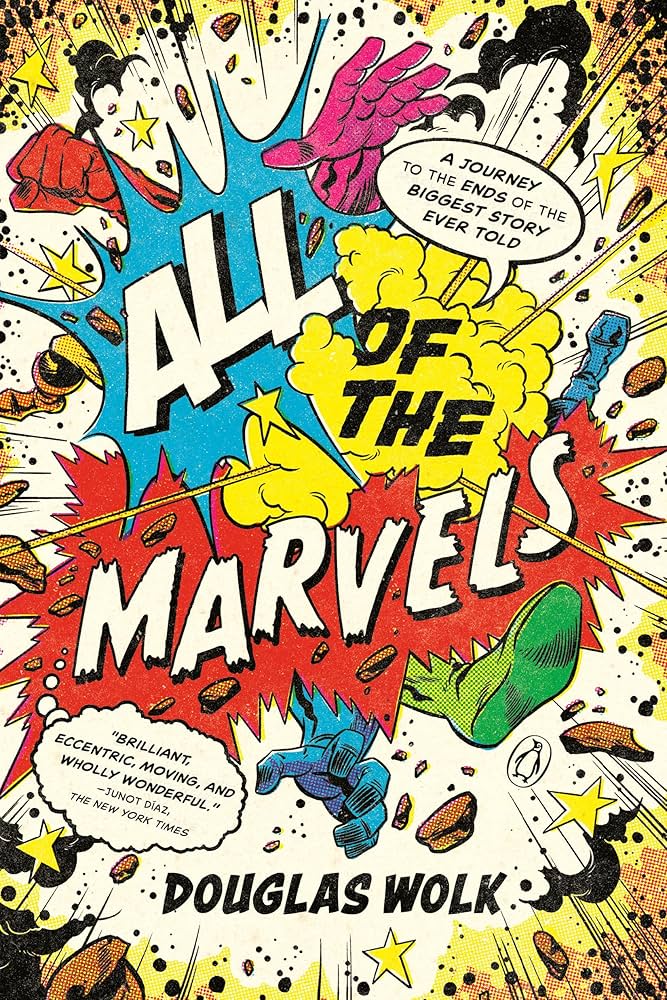
When I read a book I have the habit of highlighting certain passages I find interesting or useful. After I finish the book I’ll type up those passages and put them into a note on my phone. I’ll keep them to comb through every so often so that I remember what that certain book was about. That’s what these are. So if I ever end up lending you a book, these are the sections that I’ve highlighted in that book. Enjoy!
What happens when we grow up? (We may try to put away childish things, but we can’t, or shouldn’t. The best thing that can happen is that we turn those things into something bigger and more beautiful.
As you navigate through these comics, you have a time machine, a teleporter, and a universe-jumping device. Why not use them?
I like a character. Do I have to read everything they’re in to understand what’s going on with them?
No more than you have to follow your friends around 24/7 to understand what’s going on with them.
That basic combination – superheroes + monsters + romance + humor became the basis of most of Marvel’s early successes, and some of their later ones too.
In the Fantastic Four, the scope and visual style kept growing and changing so much that there wasn’t ever a “classic” form to which it was expected to revert to.
Marvel did things a bit differently. In the early 1960s, Lee developed what he later called the “Marvel method”: instead of writing a script at the outset, he would write a loose plot for whichever artist was going to draw a particular story (or act it out for them, or chat with them about a few ideas he’d like to see realized, or very often just leave it up to them altogether), then add dialogue and captions to the artwork at the pencil stage. That saved Lee a lot of time, and gave pencilers a lot more creative latitude to tell a story visually.
Her relationship with the eternally repressed Scott Summers looked different, too: his ability to hold back the dark parts of his own mind might have been something she valued in him.
Sienkiewicz draws the bear not as a realistic animal but as a terrifying, amorphous mass. He shows action as smears or spatters or scratches. He draws scenes the way they feel, rather than the way they would appear to the eye.
Peter Laird’s self-published 1984 comic Teenage Mutant Ninja Turtles was a homemade spoof of X-Men that unexpectedly grew into a media empire of it’s own.
Dazzler was originally going to be a collaboration between Marvel and disco label Casablanca Records–the part of the plan that never came to fruition was having a singer record and tour under that name.
Another part of that crescendo involves the opening of a magical box called the Casket of Ancient Winters, which causes a worldwide blizzard in the middle of American Summer. Simonson gave the other creators enough advance notice that it also snowed unexpectedly in concurrent issue of Avengers, Amazing Spiderman, ROM, West Coast Avengers, Peter Parker, Uncanny X-Men, and the Kitty Pryde and Wolverine miniseries. The snow didn’t much affect any of those stories, but it sure gave the impression that what was happening in Thor was a big deal.
@joekotlan on X